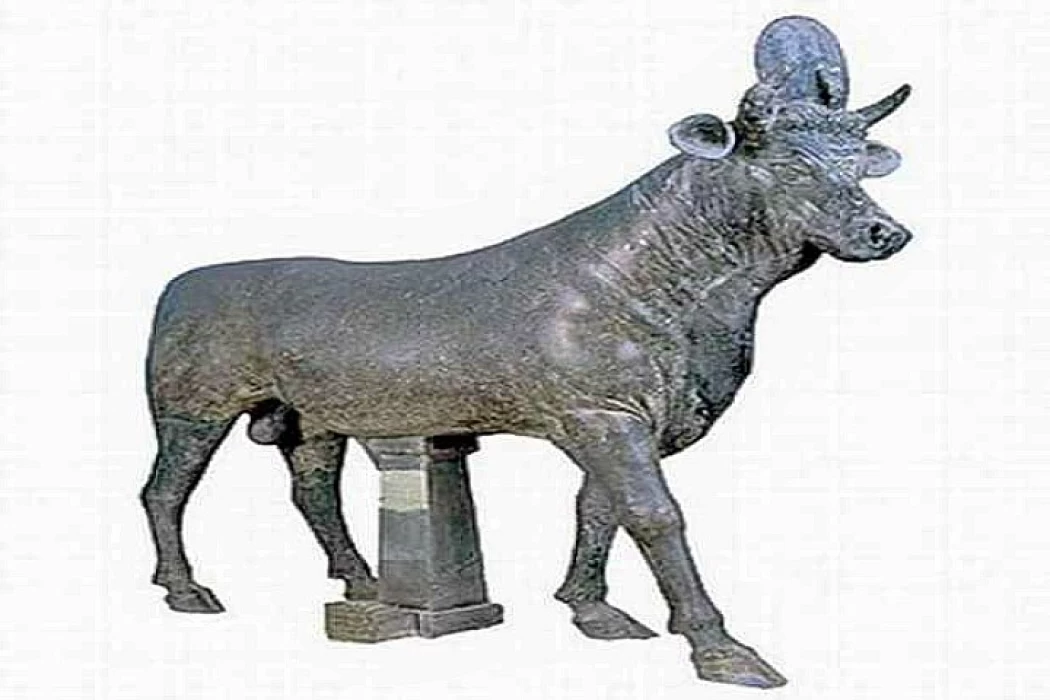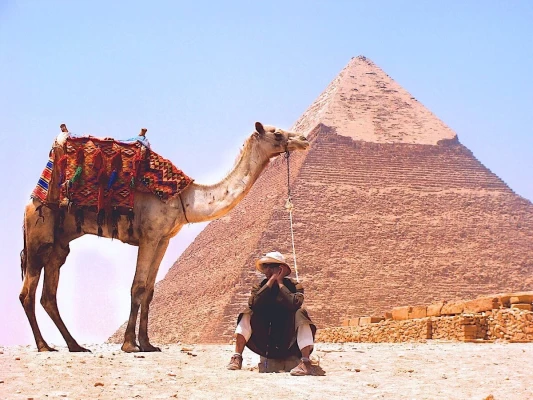
Diversity of Deities in Ancient Egyptian Culture
The multiplicity of gods is part of the culture of ancient Egypt, and Egyptology professors may argue that it was not a multiplicity in the sense that we expect; it may simply reflect different manifestations of a single deity or the influence of diverse cultures within Egypt. With over 1,500 gods in the ancient Egyptian civilization, most of these deities represented natural and social phenomena or abstract concepts. Such diversity makes it challenging to compile a complete list, as some Egyptian texts mention the gods’ names without indicating their roles, while others detail specific gods’ attributes without mentioning their names.
For travelers interested in discovering these ancient deities, Egypt Day Tours offer unique insights into Egypt’s temples and monuments, where these gods were once revered. Egypt Travel Packages allow visitors to explore regions where gods like Amun, Atum, and Aten played significant roles in daily life, from temples in Luxor to Akhenaten’s city of Amarna. Additionally, Egypt Shore Excursions provide a chance for visitors arriving by cruise to witness the symbols of gods like Amun, who was depicted as a man with a feathered crown, or Atum, symbolized as the creator of the world.
Some of the most famous ancient gods are:
Amun
The Hidden Symbol, the official symbol of the modern empire, and the title of King of the Gods. He appears as a man wearing a crown with two feathers, often in the form of the symbol Min or as a ram or goose.
Atum
As the creator of the world, he gave birth to Shu, the air, and Tefnut, the moisture. He is depicted in a royal costume or with the red and white crowns of Upper and Lower Egypt, and sometimes as a snake or an animal like a mongoose, lion, bull, lizard, or monkey.
Aten
Worshiped by Akhenaten, he became the only god in that period. He was initially depicted with a falcon's head, later represented as a sun disk with rays ending in hands holding the key of life (Ankh).
Ash
Symbolizing the Western Desert, he appears as a human or with a falcon’s head, sometimes with a unique six-headed form or a combination of lioness, snake, and python heads.
Serapis was usually depicted as the sun, fertility, and afterlife. His companion was Isis, the wife of Osiris, and one of the most popular deities according to religion in ancient Egypt during the Ptolemaic Period. Serapis was represented as a man with an elaborate Greek hairstyle wearing Greek-style robes and a full beard. He often wears a basket on his head. Sometimes he is depicted as a serpent in honor of his connection with the underworld and fertility.
The cult of Serapis was a huge success for the Ptolemaic dynasty, and various temples were built in Egypt for his worship. The main temple was in the Ptolemaic capital, Alexandria. According to the geographer Strabo, the Serapeum in Alexandria stood in the west of the city. Although it was an important site throughout the Mediterranean.
The marble head of the god Serapis was created. It was found in 1999 while excavating at the sea's bottom in Abu Qir, Alexandria. His temple in Alexandria, the Serapeum, was considered one of the most important temples, and Serapis was worshipped as the god of healing and the afterlife.
The god Serapis is depicted with curly hair and a thick beard. On the top of his head is a hole for the calathos, decorated with plants in relief, which Serapis was often depicted with and which was found far from the head on the seabed east of the city of Canopus.
The story began at the walls of the ancient city, where a muscular young man sent his men to the city of Pontus to bring a new god to Alexandria, the god "Serapis". This was what Ptolemy I (Soter) dreamed of, to include the worship of the god Serapis within the Alexandrian trinity in order to consolidate the rule of the Ptolemies in Egypt.
There are other opinions that this idol was a gift from the city of Sinope during the reign of Ptolemy II (Philadelphus) in response to Egypt's gift of wheat to that city.
Some historians believe that the idea started during the reign of Alexander the Great, when he saw Serapis in a dream and ordered the construction of a temple for him.
The Egyptians had been worshipping the same gods for thousands of years, and Ptolemy I knew they were unlikely to accept a new deity. So he took aspects of two of the most popular gods—Osiris and Apis—and mixed them with the Greek king of the gods, Zeus, building on the already established Egyptian cult of Osirapis, to create Serapis. The historian Plutarch (c. 45/46–120/125 CE)
The seven-pointed star was a symbol of the Egyptian god Serapis. This bust, possibly found in Egypt, shows a man wearing a diadem adorned with a seven-pointed star. Traces of paint are visible: Red on the hair and beard, and pale blue on the eyes. The wreath was once gold-plated, but little is left of it now.
A golden wreath depicting Serapis in front of a temple facade, found inside a pottery vessel in the village of Dosh in the Kharga Oasis. The artifact dates back to the Roman era and is housed in the National Museum of Egyptian Civilization, the first of its kind in Egypt and the Arab world. Serapis is the ancient Egyptian god of healing.















